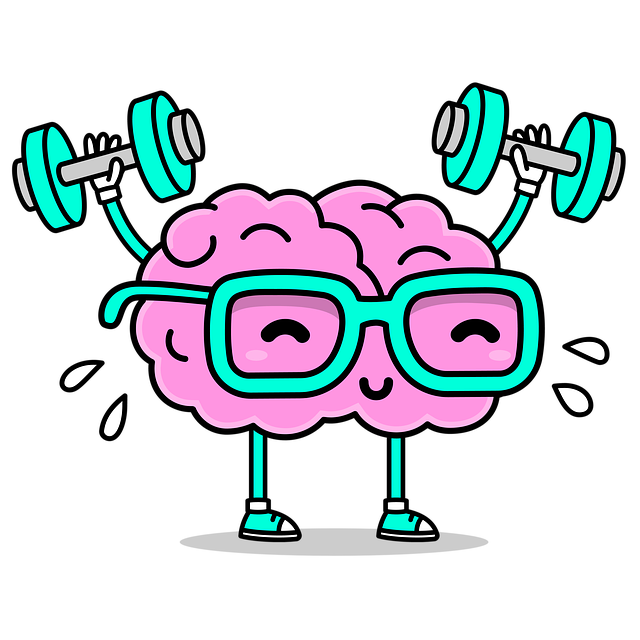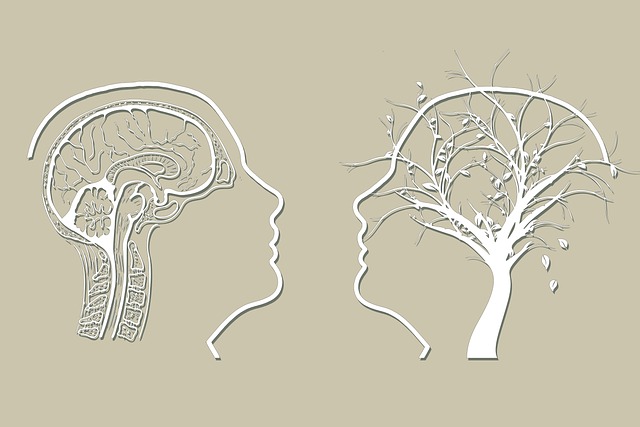Cultural competency in healthcare, vital in today's diverse society, overcomes language barriers like those faced by Broomfield's Mandarin Chinese-speaking patients. The Broomfield Mandarin Chinese Speaking Therapy Model offers accessible mental health services through culturally tailored therapy and community outreach, enhancing trust and communication. Training should focus on cross-cultural communication skills, empathy building, and self-care for healthcare providers to offer inclusive, culturally responsive care. Measuring success involves short-term evaluations and long-term tracking of patient outcomes, with emotional intelligence training complementing these initiatives.
Healthcare provider cultural competency training is a vital asset in delivering quality care to a diverse patient population. In this article, we explore essential aspects of cultural competency in healthcare, including case studies like the Broomfield Mandarin Chinese Speaking Therapy Model. We delve into identifying cultural barriers, effective communication strategies, and successful training programs, offering insights for continuous improvement in cultural competency initiatives. By understanding and overcoming these challenges, healthcare providers can enhance patient outcomes and foster more inclusive care environments.
- Understanding Cultural Competency in Healthcare: A Necessity for Quality Care
- The Broomfield Mandarin Chinese Speaking Therapy Model: A Case Study
- Identifying Cultural Barriers and Promoting Effective Communication
- Training Strategies to Enhance Cross-Cultural Understanding among Providers
- Measuring Success and Continuous Improvement in Cultural Competency Programs
Understanding Cultural Competency in Healthcare: A Necessity for Quality Care

Cultural competency in healthcare is no longer a nice-to-have but an absolute necessity. It involves understanding and respecting diverse cultural backgrounds, beliefs, and values to deliver quality care tailored to each patient’s unique needs. In today’s diverse society, healthcare providers interact with patients from various ethnic groups, including those who speak languages like Broomfield Mandarin Chinese. This presents a critical opportunity for providers to bridge communication gaps, build trust, and provide more personalized treatments.
By incorporating cultural competency training, healthcare professionals can learn effective communication strategies, adapt stress reduction methods, and incorporate self-care routine development for better mental health into their practices. This not only improves patient satisfaction but also helps in managing anxiety relief, a common concern among many individuals from different cultural backgrounds. Such training is essential in fostering an inclusive environment that promotes equal access to quality healthcare services.
The Broomfield Mandarin Chinese Speaking Therapy Model: A Case Study

The Broomfield Mandarin Chinese Speaking Therapy Model stands as a compelling case study in cultural competency within healthcare. This innovative program recognizes the growing linguistic diversity in communities and addresses the critical need for mental health services accessible to Mandarin-speaking individuals. By integrating Mind Over Matter Principles and tailoring therapeutic approaches to align with cultural values, the model fosters trust and encourages open communication.
The approach involves not only hiring therapists fluent in Mandarin but also designing a Community Outreach Program Implementation that engages local communities, schools, and religious organizations. This strategy aims to combat the stigma surrounding mental health, particularly within Asian cultures, while offering depression prevention resources and support. Through this holistic initiative, Broomfield demonstrates a commitment to cultural sensitivity and inclusivity in healthcare delivery.
Identifying Cultural Barriers and Promoting Effective Communication

Identifying cultural barriers is a pivotal step in enhancing healthcare delivery and fostering effective communication between providers and diverse patient populations, including Broomfield Mandarin Chinese speaking communities. Language differences can create misunderstandings and impact the quality of care. For instance, language barriers might hinder patients from expressing their symptoms or concerns accurately, leading to misdiagnosis or inadequate treatment. Therefore, training should focus on improving cross-cultural communication skills, such as encouraging active listening and employing professional interpretation services when necessary.
Promoting empathy building strategies is another key component of cultural competency. Healthcare providers must learn to appreciate the unique cultural contexts that shape their patients’ experiences and beliefs about health and illness. This involves understanding the impact of cultural traditions, values, and practices on mental health awareness and coping skills development. By incorporating these insights into clinical practice, providers can better address the holistic needs of diverse patient groups, ensuring inclusive and culturally responsive care for all, including Broomfield Mandarin Chinese speaking individuals seeking therapy services.
Training Strategies to Enhance Cross-Cultural Understanding among Providers

Effective training strategies are pivotal in enhancing cross-cultural understanding among healthcare providers, ensuring quality patient care and reducing potential risks. One innovative approach involves incorporating language-specific programs, such as Broomfield Mandarin Chinese Speaking Therapy, which caters to diverse linguistic backgrounds within a community. This strategy not only improves communication but also fosters an inclusive environment.
Self-Awareness Exercises and Public Awareness Campaigns Development can further enrich training. Exercises that encourage reflection on personal biases and cultural assumptions create a safe space for learning. Simultaneously, public awareness campaigns can educate both providers and the wider public about cultural competency, promoting understanding and respect for diverse communities, and ultimately enhancing risk management planning for mental health professionals.
Measuring Success and Continuous Improvement in Cultural Competency Programs

Measuring success and fostering continuous improvement are essential components of any healthcare provider cultural competency training program. Evaluating the effectiveness of these initiatives is crucial to ensure that participants gain meaningful insights and develop the necessary skills to deliver culturally sensitive care. One effective method is through post-training assessments, which can gauge knowledge retention and attitude shifts towards cultural competence. These assessments may include case studies, role-playing scenarios, or self-reflection questionnaires designed to test practical application of learned concepts.
Additionally, long-term tracking of program outcomes can provide valuable insights. For instance, monitoring patient satisfaction rates, treatment outcomes, and referral patterns among diverse populations can indicate the real-world impact of cultural competency training. The Broomfield Mandarin Chinese Speaking Therapy program, for example, can track these metrics to measure its success in improving access to care for the local Mandarin-speaking community. Moreover, incorporating emotional intelligence and understanding emotional healing processes into risk assessment for mental health professionals ensures that the program addresses not only cultural knowledge but also the interpersonal skills vital for building trust and effective therapeutic relationships.
Healthcare provider cultural competency training, as demonstrated by the Broomfield Mandarin Chinese Speaking Therapy Model, is a powerful tool for enhancing patient care and building inclusive healthcare environments. By identifying cultural barriers and implementing effective communication strategies, healthcare organizations can foster cross-cultural understanding. Continuous evaluation through measured success metrics ensures these programs remain dynamic and responsive to diverse community needs. This holistic approach not only improves healthcare outcomes but also strengthens the bond between providers and patients from various cultural backgrounds.














